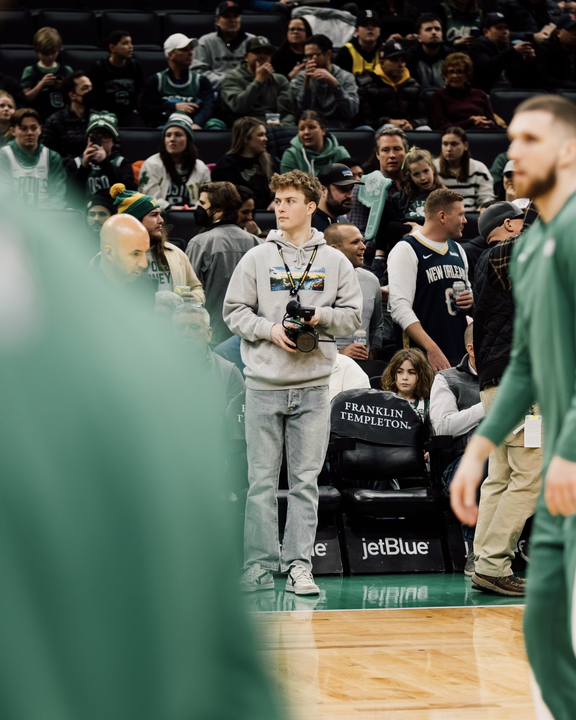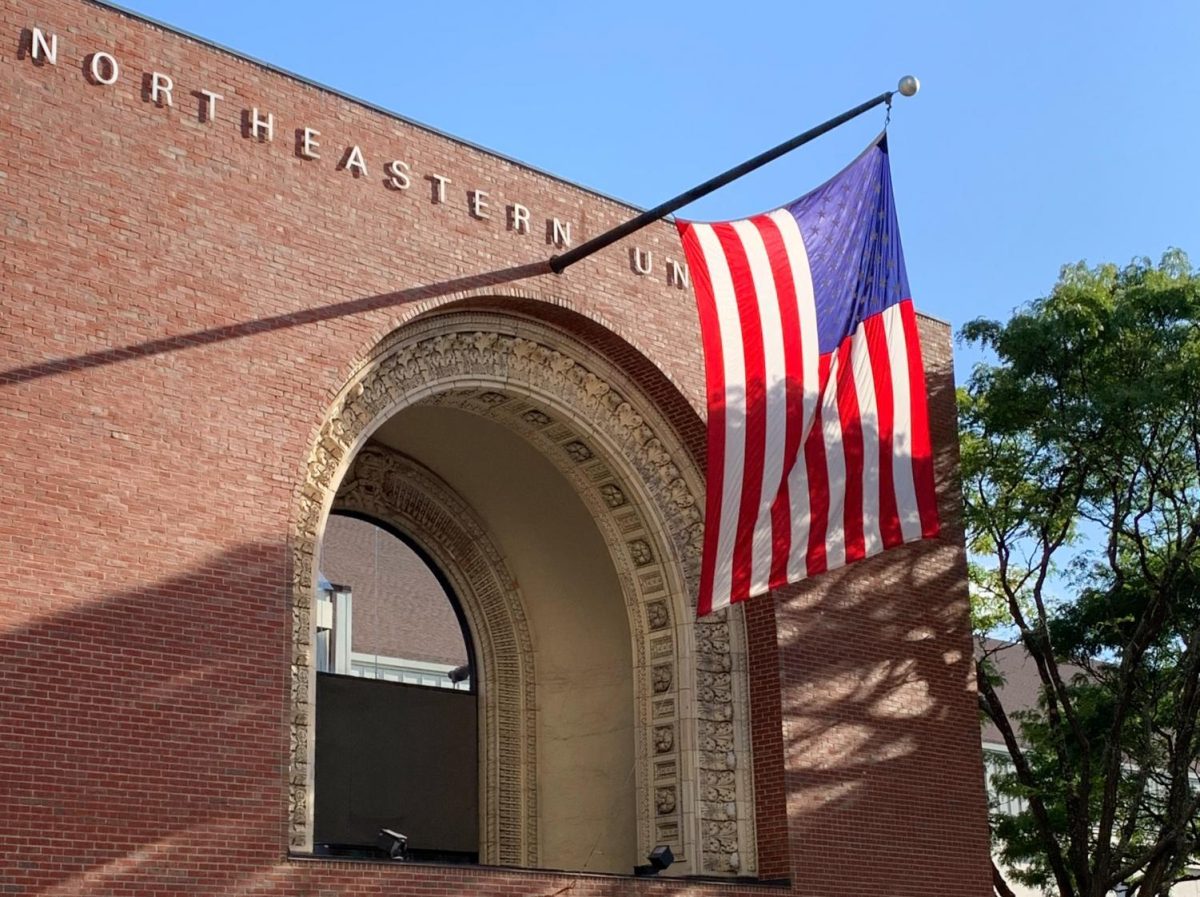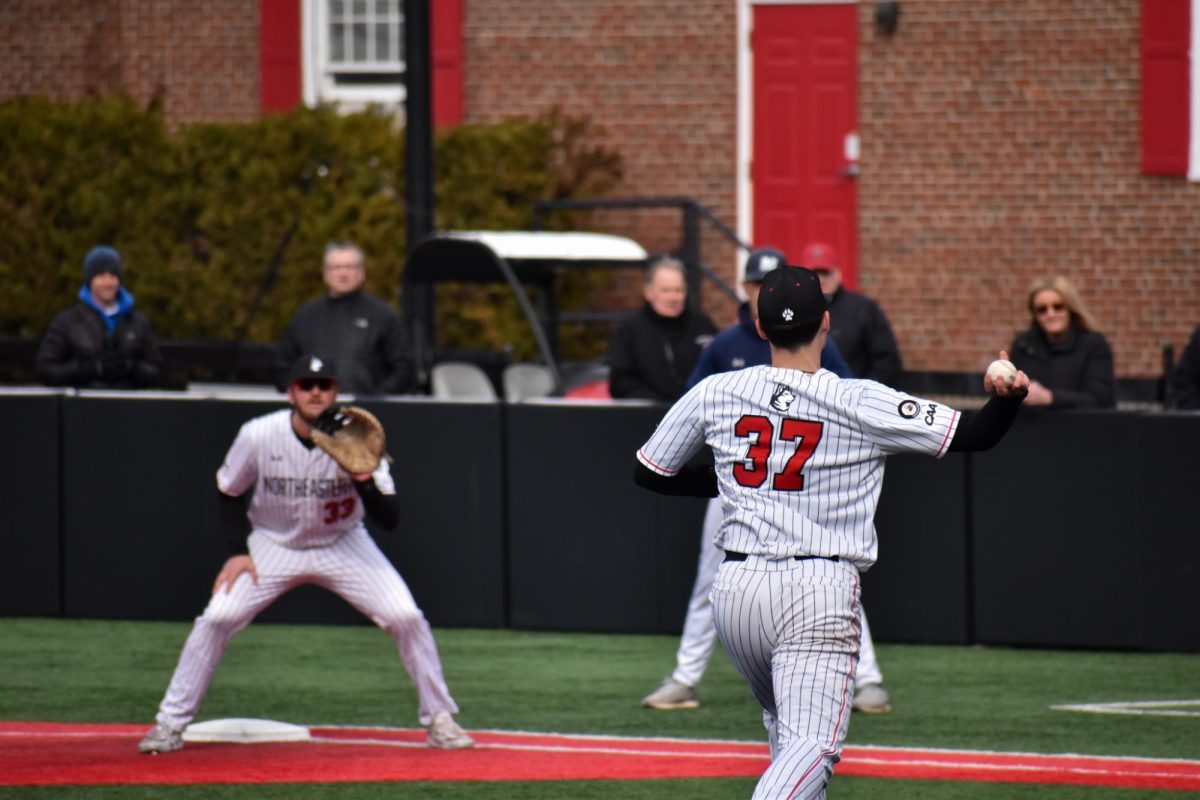Entering the 2013 NFL season, the Cleveland Browns and the Jacksonville Jaguars were staring at a similar fate.
Both teams were perennial basement-dwellers in divisions with clear favorites – the Browns gazing up at the reigning Super Bowl Champion Baltimore Ravens, the young-but-immensely-talented Cincinnati Bengals and the aging-but-still-dangerous Pittsburgh Steelers, while the Jags slumped beneath the luck-infused Indianapolis Colts, and the offensive juggernaut Houston Texans.
Both Jacksonville and Cleveland had supposed stud running backs, Maurice Jones-Drew and Trent Richardson (respectively) that were supposed to drag their offenses into relevancy and give fans something to be happy about this season. Neither back did.
Both teams began the season with a young, underwhelming “franchise quarterback” who everyone else in the league would say had no business starting for an NFL team. Even more conveniently for the sake of this column, both the Jags’ Blaine Gabbert and the Browns’ Brandon Weeden suffered injuries that caused them to hand the reins over to their backups.
It was clear to anyone who wasn’t a delusional homer that these two teams were frontrunners in the sweepstakes for the draft rights to South Carolina’s Jadeveon Clowney or Louisville’s Teddy Bridgewater. So after Week 5, if you saw that Jacksonville was 0-5, you’d reasonably expect Cleveland to be in the same boat.
Only they aren’t.
The Browns are tied for first in the AFC North at 3-2, with a divisional win against Cincinnati.
This deviation is even stranger when you consider that after an 0-2 start the Browns traded Richardson to the Colts for a 2014 first-round pick.
With third-string quarterback Brian Hoyer at the helm, the Browns rattled off two wins. Then, just minutes into their Week 5 matchup against the Buffalo Bills, Hoyer tore his ACL while scrambling down the sideline. It’s been that kind of decade for the Browns.
While Cleveland’s resurgence has been great for short-term ticket sales and fanbase morale, will we look back at the 2013 and see the Jaguars as the real winners? It is overwhelmingly likely that over the course of the whole NFL season, the Browns will regress to the form of a mediocre team, especially with Green Bay, Kansas City, Cincinnati and New England still left on the schedule.
The NFL rewards the extremes. The best teams in the league compete for a championship at the end of the season, while the worst teams in the league are handed top draft picks – there is no lottery system like the NBA.
Even the scheduling favors the extremely weak. Each NFL team’s schedule is as follows:
– Two games against every team in their division
– One game against each team in another division in their conference (rotating every year)
– One game against each team in another division in the other conference (rotating every year)
– Two games based on last year’s record from the previous year, matching up the first-place teams from each division within the same conference that otherwise would not play each other (due to rotating schedules). Likewise for second, third, and fourth place.
So while the 14 games of the schedule are set, the remaining two are dependent on the team’s performance the previous year.
In this system, it behooves a team to either place first or last. First place receives a playoff berth, national attention and likely better broadcasting time slots next year. Last place receives a top pick and an easier schedule the following season.
The key is to avoid cyclical mediocrity. By posting a record between 5-11 and 8-8, a team is too good to dramatically improve via the draft, but too weak to benefit from the NFL’s parity-inducing schedule format.
With three wins, the Browns might have already eclipsed the Jags season total. It’s likely they will end up in the NFL’s no man’s land. They’ll wind up better off than most, with the added first round pick from the Richardson trade (albeit from playoff-bound Indianapolis), but might miss out on the franchise-altering talent available at the top of the draft.
In a twist of fate that Browns fans might be all-too familiar with, the Jaguars could very well be the better team next year. The two teams will face-off Week 13 in Cleveland, but by then the Browns’ fortune might be set.
– Dylan Lewis can be reached at [email protected]













